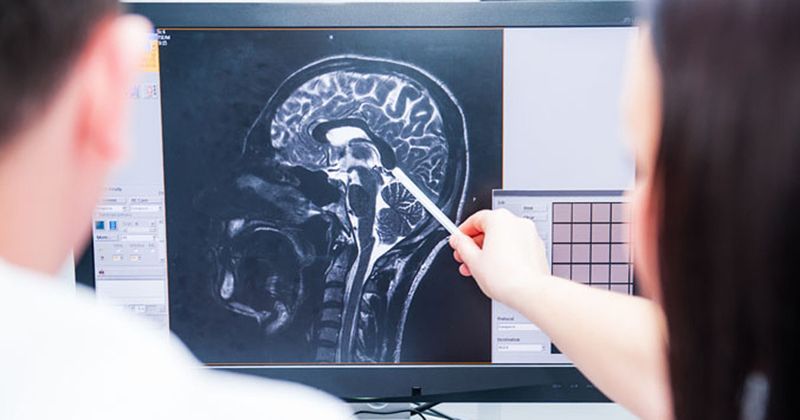Endovascular implantation of brain-computer interface successful alternative to surgery
Endovascular access to the sensorimotor cortex was shown to be a successful alternative for placing a brain-computer interface in or on the dura compared with open-brain surgery, researchers reported in JAMA Neurology.
“Brain-computer interface (BCI) implants have previously required craniotomy to deliver penetrating or surface electrodes to the brain,” Peter Mitchell, MMed, of the University of Melbourne in Australia, and colleagues wrote. “Whether a minimally invasive endovascular technique to deliver recording electrodes through the jugular vein to superior sagittal sinus is safe and feasible is unknown.”

Mitchell and colleagues sought to assess the safety of an endovascular BCI and the feasibility of using the system to control a computer by thought. They conducted a single-center, prospective, first in-human study among five patients with severe bilateral upper-limb paralysis — four had ALS, and the other had primary lateral sclerosis.
The researchers wrote that recording devices were delivered via catheter and connected to subcutaneous electronic units. The devices communicated wirelessly to an external device for personal computer control.
Four patients were included in analyses (all men; mean age, 61 years) and were implanted. Each patient completed the 12-month follow-up with no serious adverse events and no vessel occlusion or device migration.
Mean signal bandwidth was 233 Hz and was stable throughout the study in all four patients. At least five attempted movement types were decoded offline, and each patient successfully controlled a computer with the implant.
“These final safety and feasibility data from the first in-human study indicate that it is possible to record neural signals from a blood vessel,” Mitchell and colleagues wrote. “The favorable safety profile could promote wider and more rapid translation of BCI to people with paralysis.”
